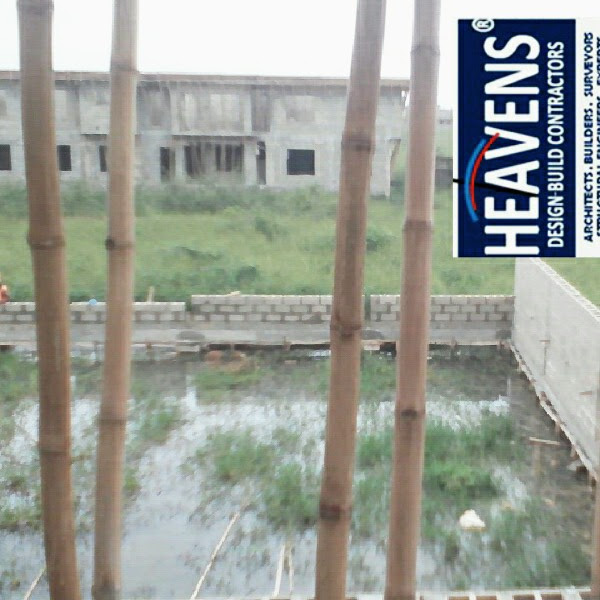Emergency
exit in buildings is essentially designed for quick escape from hazards like
fire and other forms of attack. When there are exigencies of such nature, the
use of escape routes comes to bear. The positioning and allowance of escape
media should be such that nothing is taken for granted. It is not uncommon to
see spiral stairs of metal, concrete or composite type installed in position of
emergency exits in buildings across the country but research and common sense
shows that this form of exit is not very effective in times of emergency.
The
use of spiral stairs as exit media is not exactly a bad idea but its use as an
emergency exit especially in assembly buildings like worship centres and halls
or other building types with high occupancy ratio like hotels, multi-storey
residential/commercial buildings or condominiums is where the problem lies.
The
rush of a crowd in an emergency situation can be further hampered by attempts
by individuals to make sharp angular turns at close distances between steps on
a spiral stairs. The intense pressure and panic associated with an attempt to
escape coupled with the range, size or rate of spread of the attack might cause
intending escapees to get stuck at the exit area.
It is fact that the use of spiral staircase as emergency exit poses another form of danger to those who must have assuredly relied on it as an escape route hence some states in Nigeria (e.g. Lagos) have frowned at it.
It is fact that the use of spiral staircase as emergency exit poses another form of danger to those who must have assuredly relied on it as an escape route hence some states in Nigeria (e.g. Lagos) have frowned at it.
Consider
this simple scenario -a couple of people trying to escape an electric fire
attack from an upper floor say a regular 3-floor height, each person may have
to make at least 9 sharp turns joggling down from riser to riser before they
can alight at the ground floor.
| Spiral Staircase (Dangerous for emergencies) |
The issue then is with each person trying to
outrun the other within a small stair-width and considering the angle of turn
and the steepness of typical spiral stairs, there is a higher tendency for the
occurrence of multiple somersaults which may cause serious injuries and even instant
death. Sometimes because of the height and mode of fall and perhaps the degree
of injury sustained during the fall, such victims of somersault or associated
stampede may have to contend with a duo challenge on their hands –that is
getting enough strength to get up from their landing position and then the
original burden of completing their escape episode.
This action could be
dramatically horrible and have accounted for quantum loss of lives in past and
recent building fire-outbreak scenarios. This is not to say that such cases of
falling off are only peculiar to spiral staircases –No! Fear, panic and
‘adrenaline action’ can make people escaping from an attack via a straight-flight
staircase fall-off like ‘they don’t care’ but it is very likely that if the
same number of unsuspecting victims, under the same condition of attack use a
spiral staircase as emergency, there would be higher casualty.
Although
most building owners especially those mindful of what is often described as ‘maximal
use of space for increased value’ are reluctant to allow greater space for the
installation of decent emergency exit(s) and would rather prefer any staircase
that can squeeze itself into a small area, the use of spiral stairs especially
the typical metal variant is not ideal and no longer in vogue.
| Large Helical Staircase on a high-rise Office Building |
But for
developers or building owners with this sort of mindset and where building
regulations do not restrict, there is a way out and that is the use of helical
stairs. Helical stairs are different from spiral staircases in elevation and take
up spaces slightly larger than that their counterpart.
It
has been observed that where new building regulations forbid the use of typical
spiral staircases as emergency exit, some developers have added more spaces to
accommodate the replacement of their spiral staircases with helical stairs.
 |
| RC Helical Staircase (for Emergency Exit) constructed by Heavens at Ibis Hotel Ikeja, Lagos, 2016 |
These stairs also allows for turnings but such turns are not as sharp as those
of typical spiral stairs and are generally safer. Half-turn and straight-flight
stairs are amongst the best options for emergency exits. It is therefore
advisable that at a time when building fire incidences have become prevalent, developers
and building owners especially of assembly and high density buildings begin to
think aloud and do the needful.



